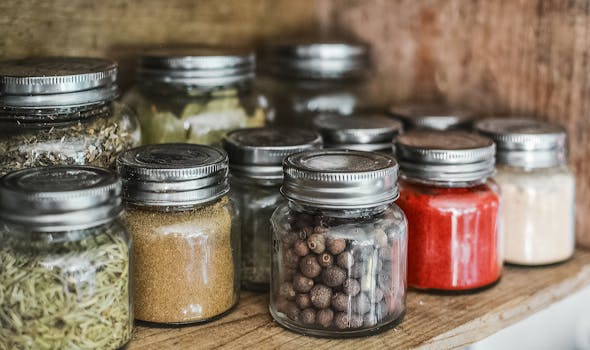Experimenting with Spices and Aromas: A Journey to Culinary Excellence
Cooking is an art, and like any artist, a chef must have a palette of colors to create a masterpiece. In the culinary world, spices and aromas serve as those colors, transforming ordinary dishes into extraordinary experiences. This article explores the importance of experimenting with different spices and aromas, providing insights, examples, and practical tips to elevate your cooking.
The Role of Spices in Cooking
Spices are not just flavor enhancers; they are the essence of a dish. They can evoke memories, create comfort, and even influence our mood. According to a study published in the journal “Flavour,” the aroma of food can significantly affect our perception of taste. This means that the right combination of spices can turn a simple meal into a culinary delight.
Health Benefits of Spices
Beyond flavor, many spices offer health benefits. Here are some notable examples:
- Turmeric: Known for its anti-inflammatory properties, turmeric contains curcumin, which has been linked to improved brain function.
- Cinnamon: This spice can help regulate blood sugar levels and has antioxidant properties.
- Ginger: Often used to alleviate nausea, ginger also has anti-inflammatory effects and can aid digestion.
Incorporating these spices into your cooking not only enhances flavor but also contributes to a healthier diet.
Exploring Aromas: The Unsung Hero of Flavor
Aromas play a crucial role in how we experience food. The olfactory senses are closely linked to taste, and the right aromas can enhance the overall dining experience. For instance, the smell of freshly baked bread can evoke feelings of warmth and comfort, making the meal more enjoyable.
Creating Aroma Profiles
When experimenting with spices, consider creating aroma profiles for your dishes. Here are some tips:
- Layering Aromas: Start with a base aroma, such as garlic or onion, and build upon it with herbs like thyme or rosemary.
- Balancing Sweet and Savory: Combine sweet spices like nutmeg with savory ones like cumin to create depth in flavor.
- Using Citrus: Citrus zest can brighten up dishes and add a refreshing aroma that complements spices.
Practical Tips for Experimenting with Spices
To truly master the art of using spices and aromas, consider the following practical tips:
- Start Small: When trying a new spice, start with a small amount to gauge its impact on the dish.
- Keep a Spice Journal: Document your experiments, noting which combinations work well and which do not.
- Use Fresh Spices: Freshly ground spices often have more potent flavors than pre-ground varieties.
- Pair with the Right Ingredients: Certain spices work better with specific ingredients. For example, coriander pairs well with citrus, while paprika complements meats.
Case Studies: Successful Spice Experiments
Many renowned chefs have made their mark by experimenting with spices. For instance, Chef Yotam Ottolenghi is known for his innovative use of Middle Eastern spices in contemporary dishes. His recipes often combine unexpected flavors, such as pomegranate molasses with za’atar, creating a unique culinary experience.
Another example is Chef Thomas Keller, who emphasizes the importance of using fresh herbs and spices to enhance the natural flavors of ingredients. His approach showcases how a simple dish can be elevated through thoughtful seasoning.
Conclusion: Elevate Your Culinary Skills
Experimenting with different spices and aromas is a rewarding journey that can transform your cooking. By understanding the role of spices, exploring aroma profiles, and applying practical tips, you can create dishes that are not only flavorful but also memorable. Remember, cooking is about creativity and exploration—don’t be afraid to step outside your comfort zone and try new combinations. With each experiment, you’ll discover new flavors and techniques that will elevate your culinary skills to new heights.
